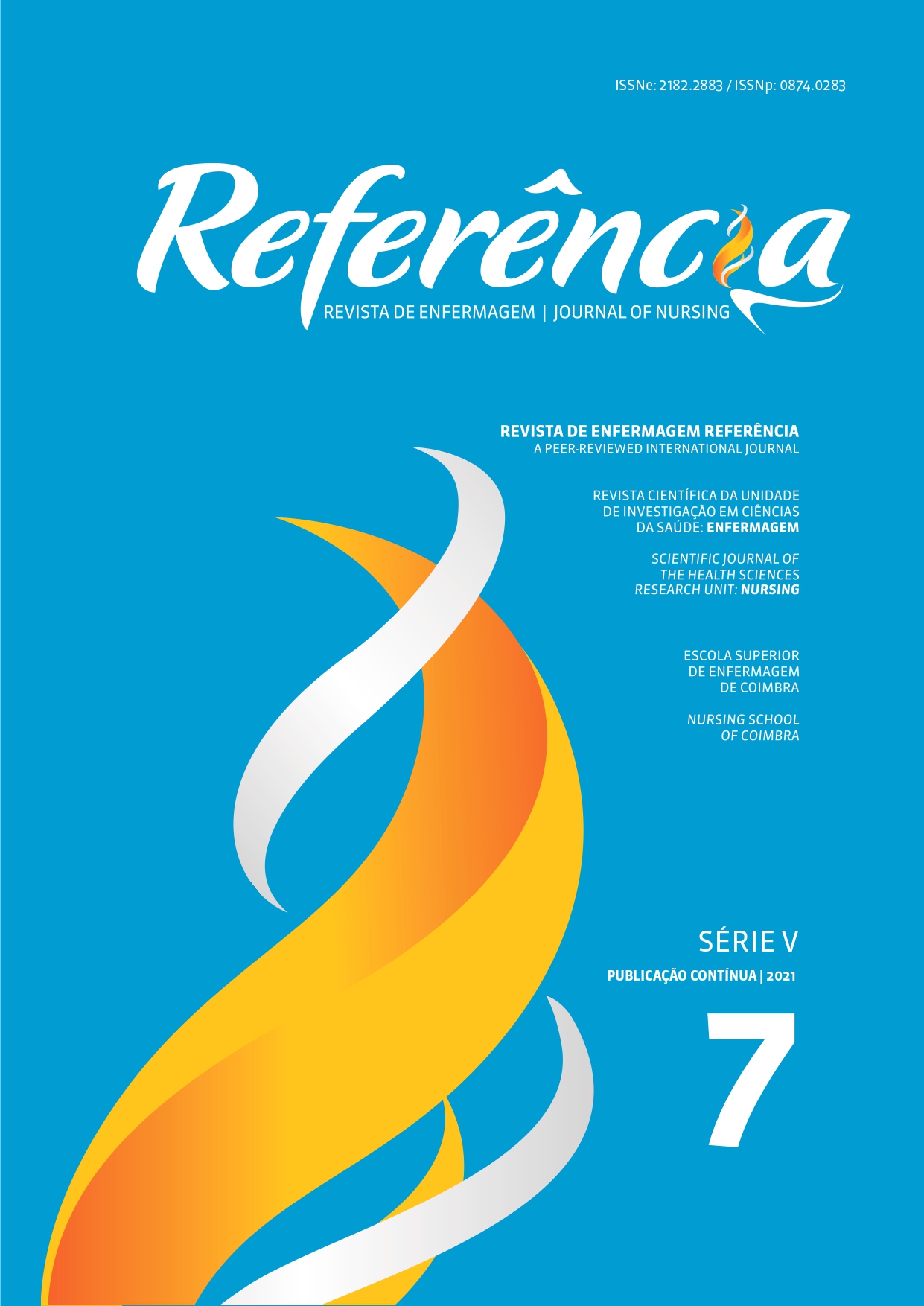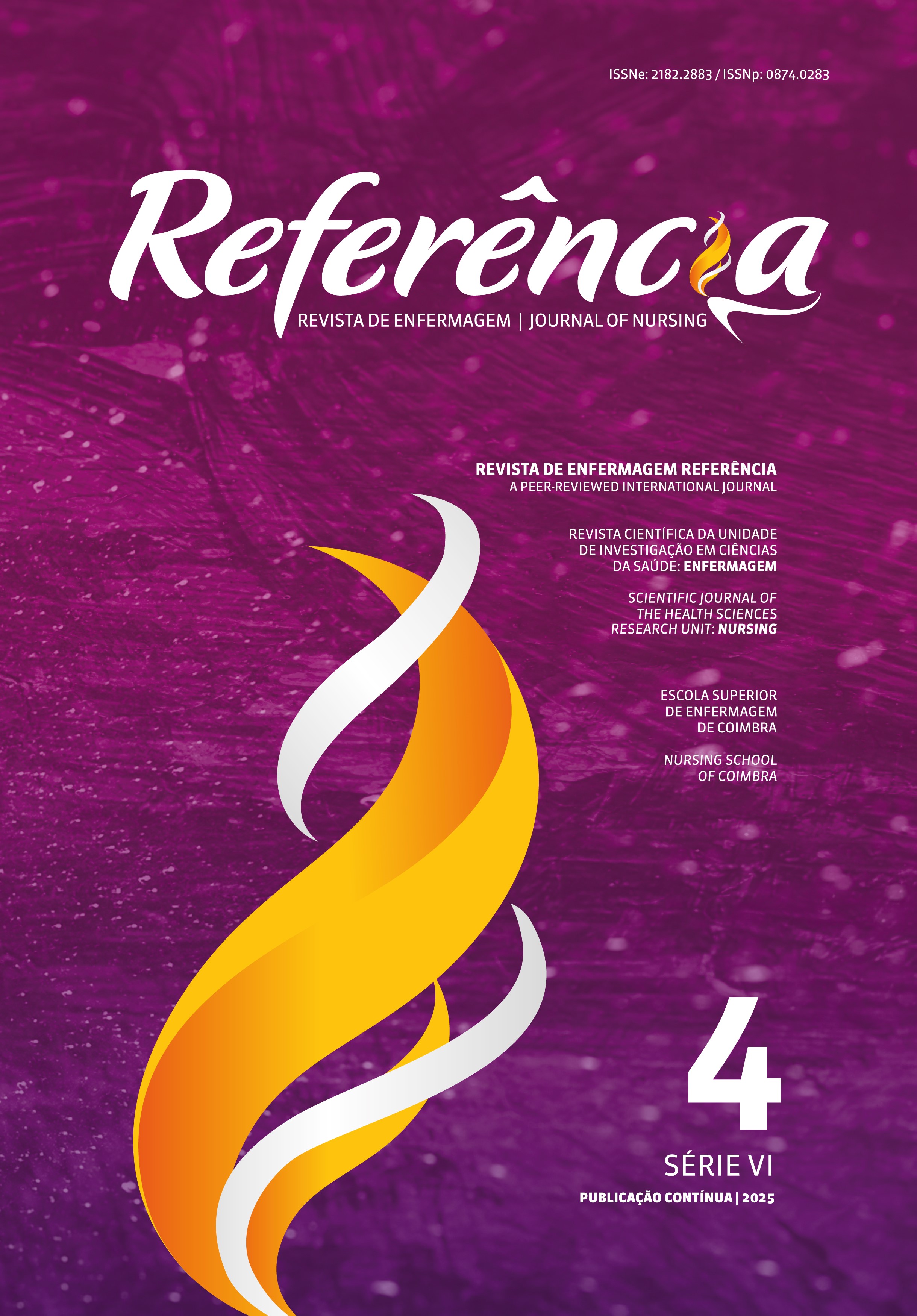The multidimensional concept of autonomy: a conceptual analysis using a scoping review
DOI:
https://doi.org/10.12707/RV20113Keywords:
patient care, personal autonomy, concept formation, education, nursing, nursing, rehabilitation nursingAbstract
Background: Autonomy is a concept widely used by health professionals, however, there is some inconsistency in its use.
Objective: Map and analyze the concept of autonomy in existing evidence according to its application in different areas of knowledge.
Review Method: Scoping review based on the principles recommended by the Joanna Briggs Institute and the Walker e Avant conceptual analysis method. Two independent reviewers performed the relevance of the articles, the extraction and synthesis of the data.
Presentation and interpretation of results: In the review, 191 articles were included. Attributes of the concept of autonomy are: cognitive state, emotional intelligence, social situation, intellectual condition and physical condition.
Conclusion: Autonomy is a multifaceted concept. Nursing needs to develop interventions that clearly promote the person’s autonomy.
Downloads
References
Bennett, L., Bergin, M., & Wells, J. S. (2016). The social space of empowerment within epilepsy services: The map is not the terrain. Epilepsy & Behavior, 56, 139-148. https://doi.org/10.1016/j.yebeh.2015.12.045
Benson, J. J., Parker Oliver, D., Demiris, G., & Washington, K. (2019). Accounts of family conflict in home hospice care: The central role of autonomy for informal caregiver resilience. Journal of Family Nursing, 25(2), 190-218. https://doi.org/10.1177/1074840719828091
Bentwich, M. E., Dickman, N., & Oberman, A. (2018). Human dignity and autonomy in the care for patients with dementia: Differences among formal caretakers from various cultural backgrounds. Ethnicity & Health, 23(2), 121-141. https://doi.org/10.1080/13557858.2016.1246519
Bertilsson, A.-S., von Koch, L., Tham, K., & Johansson, U. (2015). Client-centred ADL intervention after stroke: Significant others’experiences. Scandinavian Journal of Occupational Therapy, 22(5),377-386. https://doi.org/10.3109/11038128.2015.1044561
Bhola, P., & Chaturvedi, S. K. (2017). Through a glass, darkly: Ethics of mental health practitioner-patient relationships in traditional societies. International Journal of Culture and Mental Health, 10(3),285-297. https://doi.org/10.1080/17542863.2017.1301975
Bouvet, R. (2018). The primacy of the patient’s wishes in the medical decision-making procedure established by French law. European Journal of Health Law, 25(4), 426-440. https://www.scopus.com/inward/record.uri?eid=2-s2.0-85053211745&partnerID=40&md5=e785c126d6454601b429ff3a94292d1d
Brooker J, Synnot A, McDonald S, Elliott J, Turner T, Hodder R, Weeks, L., Ried, J., MacLehose, H., Akl, E., Kahale, L., Hilton, J., Flemyng, E., Lasserson, T., Thomas, J., Skoetz, N., Clark, J., Featherstone, R., Noel-Storr, A.,… Living Evidence Network.(2019). Guidance for the production and publication of Cochrane living systematic reviews: Cochrane reviews in living mode 2019. https://community.cochrane.org/sites/default/files/uploads/inline-files/Transform/201912_LSR_Revised_Guidance.pdf
Brown, S. L., & Salmon, P. (2019). Reconciling the theory and reality of shared decision‐making: A “matching” approach to practitioner leadership. Health Expectations, 22(3), 275-283. https://doi.org/10.1111/hex.12853
Calheiros, M. M., Patricio, J. N., & Graca, J. (2013). Staff and youth views on autonomy and emancipation from residential care: A participatory research study. Eval Program Plann, 39, 57-66.https://doi.org/10.1016/j.evalprogplan.2013.04.003
Dzeng, E. (2019). Habermasian communication pathologies in do-not-resuscitate discussions at the end of life: Manipulation as an unintended consequence of an ideology of patient autonomy. Sociol Health Illn, 41(2), 325-342. https://doi.org/10.1111/1467-9566.12825
Eassey, D., Smith, L., Reddel, H. K., & Ryan, K. (2019). The impact of severe asthma on patients’ autonomy: A qualitative study. Health Expectations, 22(3), 528-536. https://doi.org/10.1111/hex.12879
Hanlon, P., Gray, C. M., Chng, N. R., & Mercer, S. W. (2019). Does self-determination theory help explain the impact of social prescribing? A qualitative analysis of patients’ experiences of the Glasgow ‘Deep-End’ Community Links Worker Intervention. Chronic Illness, 0(0). 1-16. https://doi.org/10.1177/1742395319845427
Henry, L. M., Rushton, C., Beach, M. C., & Faden, R. (2015). Respect and dignity: A conceptual model for patients in the intensive care unit. Narrative Inquiry in Bioethics, 5(1a), 5a-14a. https://doi.org/10.1353/nib.2015.0007
Jacobs, G. (2019). Patient autonomy in home care: Nurses’ relational practices of responsibility. Nursing Ethics, 26(6), 1638-1653. https://doi.org/10.1177/0969733018772070
Krishna, L. K., Watkinson, D. S., & Beng, N. L. (2015). Limits to relational autonomy: The Singaporean experience. Nursing Ethics, 22(3), 331-340. https://doi.org/10.1177/0969733014533239
Lamine, E., Borgiel, K., Pingaud, H., Cufi, M. N., Bortolaso, C., & Derras, M. (2019). BL.Frailty: Towards an ICT-based platform for frailty assessment at home. https://ieeexplore.ieee.org/stamp/stamp.jsp?tp=&arnumber=9035322&tag=1
Oberstadt, M. C., Esser, P., Classen, J., & Mehnert, A. (2018). Alleviation of psychological distress and the improvement of quality of life in patients with amyotrophic lateral sclerosis: Adaptation of a short-term psychotherapeutic intervention. Frontiers in Neurology, 9. https://doi.org/10.3389/fneur.2018.00231
Peters, M. D., Godfrey, C. M., Khalil, H., McInerney, P., Parker, D., & Soares, C. B. (2015). Guidance for conducting systematic scoping reviews. International journal of evidence-based healthcare, 13(3),141-146. https://doi.org/10.1097/XEB.0000000000000050
Sousa, L. M., Firmino, C. F., Carteiro, D. M., Frade, F., Marques, J. M., & Antunes, A. V. (2018). Analise de conceito: Conceitos, metodos e aplicacoes em enfermagem. Revista Investigação em Enfermagem, 9-19. https://docplayer.com.br/174015671-Analise-de-conceito-conceitos-metodos-e-aplicacoes-em-enfermagem.html
Valero, I. A. (2019). Autonomies in interaction: Dimensions of patient autonomy and non-adherence to treatment. Frontiers in Psychology, 10, 1857. https://doi.org/10.3389/fpsyg.2019.01857






















